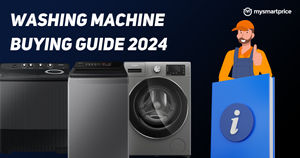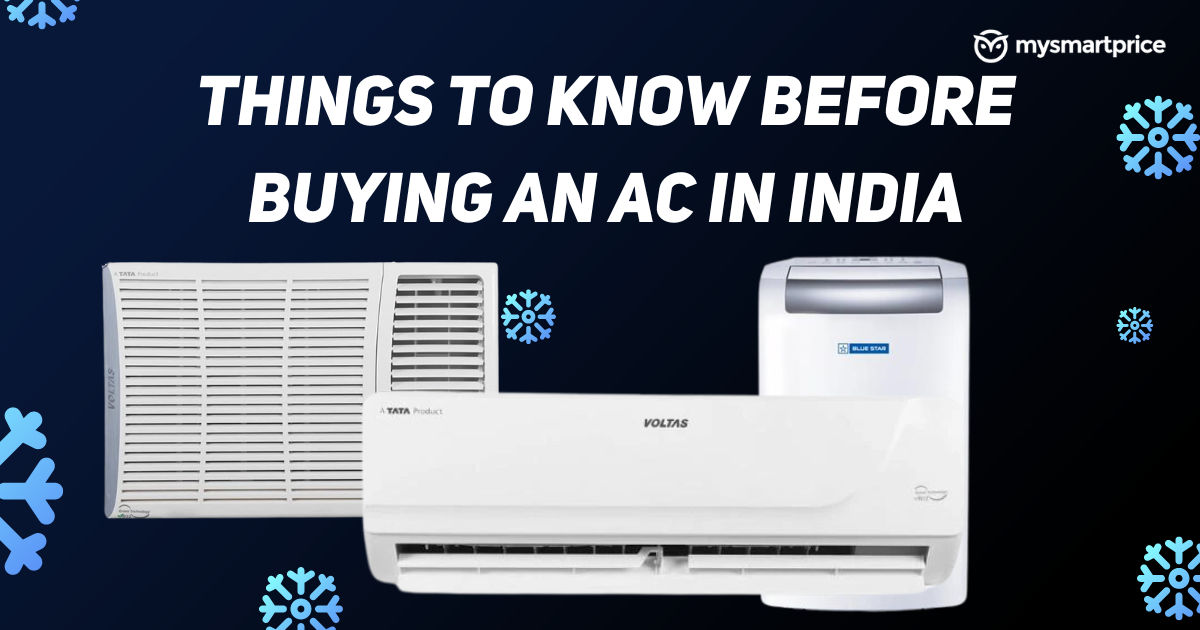
It's that time of the year again! The daily temperature is slowly creeping above 30 degrees in most Indian cities. As summer arrives in India, so does the Air Conditioner (AC) season, which is now considered a must. Those days are long gone when ACs were expensive and considered a luxury item. It's 2024, and you can pick up an AC within your budget from various brands offering their products in the market.
But that also means many people who have never kept an AC before are considering buying one. And one can get confused with all the technicalities and jargon it entails. If you are reading this, chances are you were looking up things to know before buying an AC. And you are in the right place. We will walk you through important things to know to pick the right AC for your home. So, without any further ado, let's dive in.
Types of ACs That Exist
Typically, when someone is looking for an AC for their home, they are either considering a split AC or window AC. However, there are several types of ACs in India, and knowing what your options are will help you decide better. Look at the table below listing all types of ACs in India.
| AC Type | Maximum Capacity | Ideal For |
| Window AC | 1.5 ton | Small or Single Rooms |
| Split AC | 3 ton | Home, Rooms, Offices |
| Inverter AC | 3 ton | Home, Rooms, Offices |
| Portable AC | 4 ton | Single Room, Flats, Rented Homes |
| Central AC | 10-500 tons | Large Spaces, Offices |
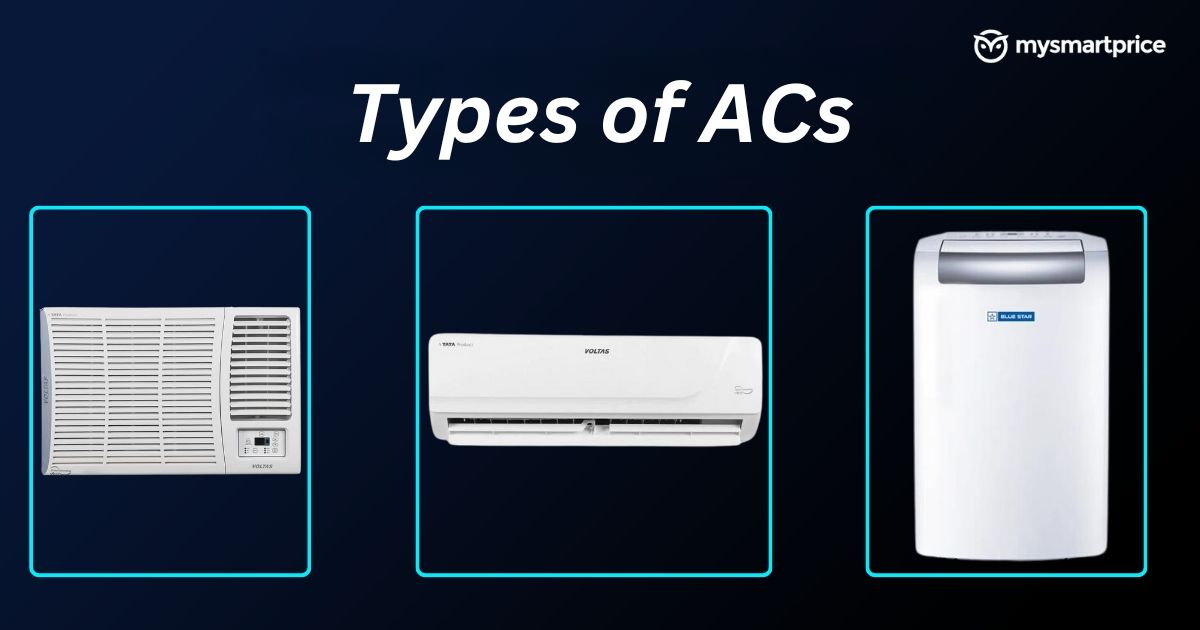
Should You Buy a Window or Split AC?
If you are debating whether to buy a window or split AC for your home, it's quite simple. Window ACs are cheaper in the same tonnage and ideal for smaller rooms. If you have a hard cap on your budget and want something affordable under Rs 20,000, window ACs are the best option. Moreover, since window ACs are monoblock units, maintenance costs are also low compared to split ACs.

On the other hand, if budget and maintenance costs are not an issue, a split AC should be your pick, ideally. It comprises two separate units—outdoor and indoor. The indoor units of split ACs are positioned higher to ensure more effective cooling for larger spaces and bigger rooms like halls. On the flip side, the upfront cost of installation, maintenance, service, and running costs of a split AC is higher than that of a window AC. Which brings us to……
Budget Breakdown for ACs
Buying an AC in India involves various cost factors that one should keep in mind. When setting a budget for an AC, you need to factor in the various costs involved. These include the price of the AC, installation, and demo charges, maintenance costs, and more. Let's look at the budget breakdown for buying an AC in India.
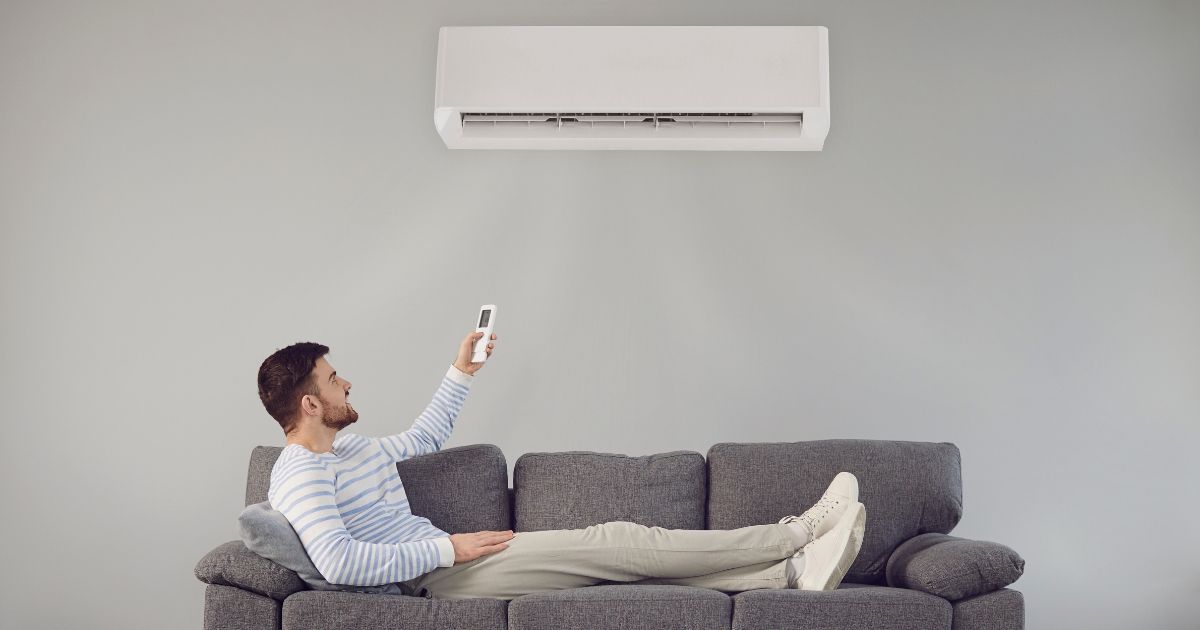
- AC price: Depending on the type of AC and features being offered, the price of ACs in India can range from under Rs 15,000 to as high as a six-digit figure. It's best to determine what features you need in the AC and set a budget accordingly.
- Installation cost: While most online e-commerce websites offer free installation and demo with AC purchases, some stores might charge a minimal amount to install the AC at your place. This cost varies from place to place and can be between Rs 1,500 and Rs 2,000.
- Maintenance cost: To keep your AC running optimally and efficiently, you must get it serviced every six months. The cost might vary between providers and depend on the level of servicing required.
- Running cost: You will also have to factor in the running cost of an AC, which is electricity consumption. Choosing an AC with a higher BEE star rating is best to keep the electricity bill in check. For example, a 4-star 1.5-ton AC will draw an electricity bill of around Rs 3,500 – 5,000 in summer.
What's the Right Capacity for Your Room/Home for the AC?
When deciding the right capacity of AC to cool a room or home, many factors need to be taken into consideration. These include the room size you are trying to cool, whether the room is directly below the terrace, the number of windows, appliances operating in the room, and so on.
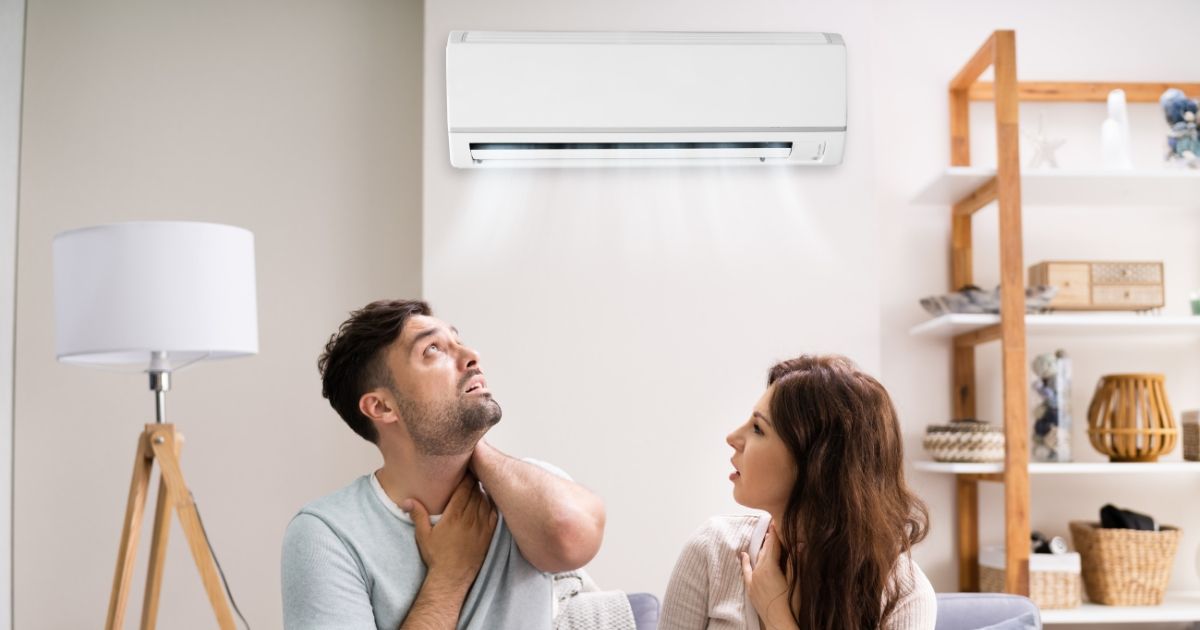
These are the factors that play into deciding the right capacity of AC required for cooling your space. The capacity of an AC is measured in tonnage; the higher the tonnage, the better the cooling. In the table below, we will look at that metric to pick the right AC for your room or home.
| Room Size | AC Capacity |
| Small room under 120 sq. ft. | Up to 1.2 tons |
| Medium room from 120-150 sq. ft. | 1.2-1.7 tons |
| Large room over 200 sq. ft. | 1.8 tons and above |
Understanding Energy Efficiency Rating for ACs
It's important to understand the energy efficiency rating before buying an AC. An AC is already expensive to begin with, and the cost of running is even higher when it comes to electricity bills. By choosing an AC with a higher energy efficiency rating, you can ensure that operating an AC throughout the summer season doesn't burn a hole in your pocket.
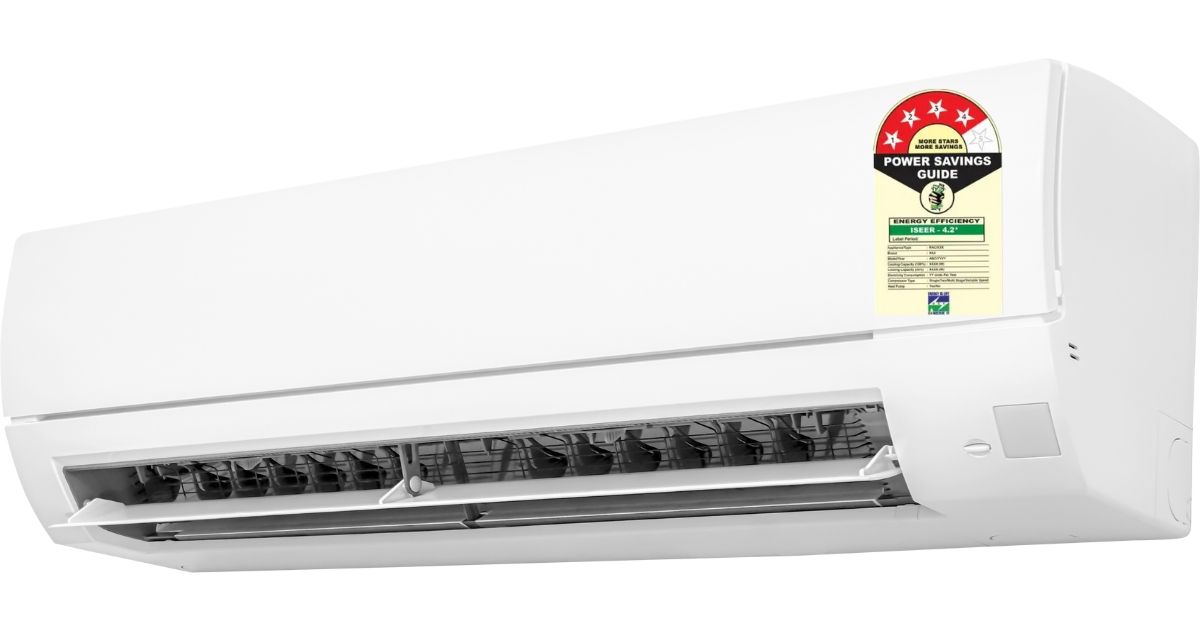
In India, AC makers must provide an Indian Seasonal Energy Efficiency Ratio (ISEER) rating on their ACs, an indicator of energy efficiency. This rating is standardised by the Bureau of Energy Efficiency (BEE) and is displayed on the AC as a BEE Star rating of 1 to 5. The higher the BEE star rating, the better the efficiency and the pricier the model. Look at the table below to understand different ISEER ratings and corresponding energy savings annually.
| BEE Star | ISEER Rating | Annual Energy Saving |
| 1 | 2.5 | – |
| 2 | 2.7 | 6% |
| 3 | 3.7 | 125 |
| 4 | 4.1 | 20% |
| 5 | 4.52 | 35% |
Important Jargon to Be Aware Of
When you visit an AC showroom or online store and enquire about a model, you will likely be bombarded with technical jargon that might confuse you. It’s best to familiarise yourself with these AC terminologies to understand what the showroom representative tells you about a particular model.
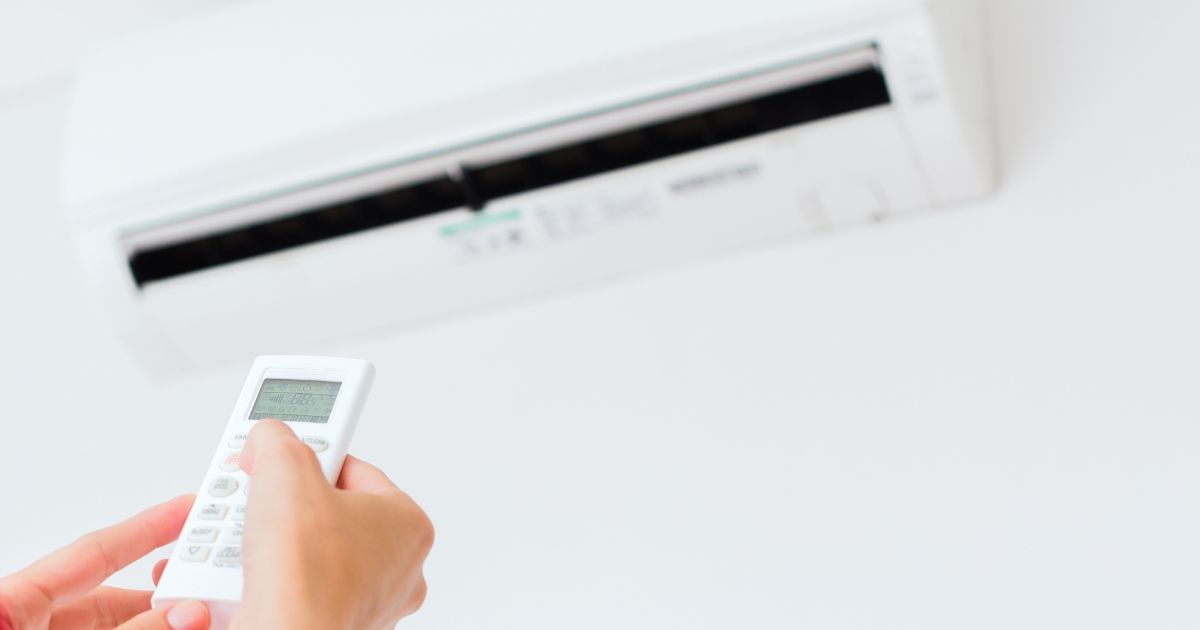
Tonnage
When first-time AC buyers hear that a certain model is a 1-ton or 2-ton unit, they are bound to mistake it for the unit’s weight. However, as we mentioned earlier in this article, tonnage refers to an AC’s cooling capacity. The higher the tonnage, the higher the cooling capacity.
However, you will come across another term: BTU/hr, which stands for British Thermal Units per hour. A ton is a collective measuring unit that is used to calculate BTU/hr in proportion to the cooling area and a 1 ton AC offers around 12,000 BTU/hr. So, the more BTUs an AC offers, the greater the tonnage will be, and the more powerful the AC will be.
Star rating
Every AC model has a BEE star rating displayed on the body. The BEE accredited this star rating, which indicates the AC’s energy efficiency.
Air Filter
An air filter is exactly what the name suggests: a component made of mesh, net, spun fiberglass material, etc., in a plastic frame. Its basic function is to filter dust, dirt, pollen, spores, mould, lint, hair, fur, and other particulates or contaminants from the air being circulated through the unit.
A dirty or clogged filter might cause the AC to malfunction by damaging the cooling component. This is why the first step of every AC service and maintenance is to clean the filter. A clogged filter also pushes the AC to work harder to circulate air and increase energy usage.
Blower
A blower is the fan responsible for distributing cool air throughout the space. When buying a new AC, you should look for a model with a bigger blower. This will ensure uniform distribution of air throughout your home and more effective cooling.
Condenser coil
You will also hear about condenser coils when buying an AC. Condenser coils are another key component of AC that helps speed up air cooling. Look for ACs with copper condenser coils, which are anti-corrosive and have a greater heat exchange ability.
Inverter technology
An inverter is a device used to control the current frequency and protect the appliance from voltage fluctuations. An inverter AC regulates the compressor’s speed to control the refrigerant flow, thus saving energy. It also handles power fluctuations, so you don't need to buy an inverter separately.
Refrigerant
The refrigerant absorbs hot air and cools it by passing it through the compressor and evaporator. Air conditioners are infamous for being bad for the environment and causing ozone depletion. However, considering it's a necessity rather than a luxury, choose an AC with R-32 refrigerant, known to be environment-friendly, causes zero ozone depletion, and only has 1/3rd of global warming potential.
Everything About AC Features
Now, let's delve more into the additional features of an AC that will improve the whole experience. Brands like LG, Samsung, Daikin, and others equip modern ACs with smart features, which make it convenient for users to operate them. From the ubiquitous four-way swing and sleep mode to smart diagnosis and voice assistant support, new ACs come loaded with innovative features. Let's look at some of the most popular features you must have in your AC if the budget permits.
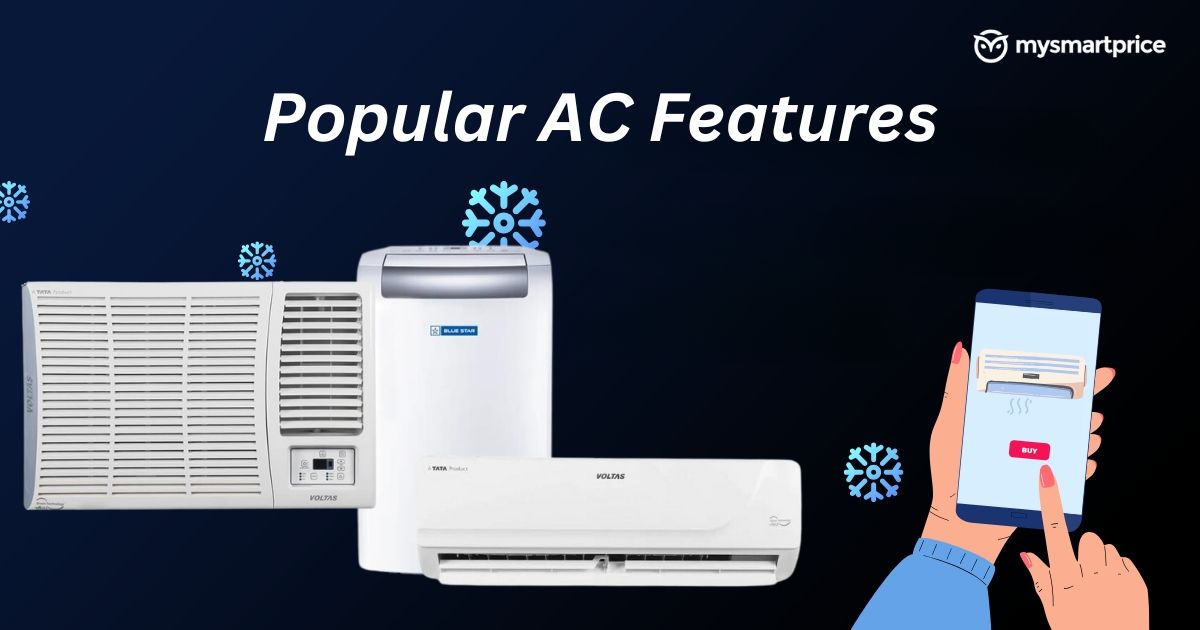
Heating
It's common knowledge that air conditioners are used in summer to cool your home or room. However, modern-day ACs also come with a built-in heating function. These ACs can be used in winter to raise the room temperature to comfortable levels and eliminate the need for a separate heater unit. Moreover, using the AC to heat your space is comparatively cheaper than using a dedicated heater for electricity bills.
Anti-bacterial and Dust Filter
Brands are now equipping new ACs with dust and anti-bacterial filters, which remove the particulate matter and contaminants from the air inside to circulate healthy and clean air. These ACs can remove bacteria, pollen, mites, allergens, dust particles, and more. This is very important given the air quality levels in India. Such ACs can eliminate the need to purchase an air purifier.
Dehumidifier
Another air purifying feature offered by an AC includes dehumidifying. An AC with a built-in dehumidifier can remove excess moisture from the room during monsoon to prevent dampness. This, in turn, inhibits the growth of fungi and bacteria in the space. This feature is a must-have for those with breathing issues like asthma.
Auto Cleaning
There's no point in dehumidifying the room and inhibiting mould and bacteria growth if they grow inside the AC itself. Most ACs in the market come with an auto-cleaning mechanism. This feature removes the mould and bacteria growing inside the blower to ensure no bacteria or mould spores are spread with the air circulation.
Sleep Timer
We have established by now that running an AC is expensive in the long term because of the energy consumer. Keeping the AC on throughout the night will not only run the electricity bill high but is also pointless since the room gets cool after a few hours and stays that way. A sleep timer ensures the AC shuts off after a few hours to save energy. Most ACs offer a sleep timer and allow users to select a running duration from two to four hours at night.
4-Way Swing
You want your AC to provide uniform cooling throughout the room or home, and this is not possible if the AC blasts cold air only in the front. The 4-way swing is a standard feature that moves physical flaps at the outlet from left to right and up and down to ensure that cold air is circulated in every direction.
Thermostat
It's best to purchase an AC with a thermostat, which determines the room’s temperature and the desired temperature. The thermostat turns off the AC when the desired temperature has been achieved to prevent wear and tear caused by constant running. The auto mode in ACs also uses the thermostat to determine the ambient weather and bring the room’s temperature down to a comfortable level.
Smart Diagnosis
If you don't maintain it, the appliance can develop several issues that can damage the internal components and result in high electricity bills. An AC with Smart Diagnosis will automatically detect any issues or problems waiting to happen and suggest troubleshooting options. It will tell you what the issue is and whether you need to call technical support or not. However, you will need a smart AC with Wi-Fi support and a dedicated companion app.
Smart AC
Almost all brands are offering ACs with Wi-Fi and smart features, including Smart Diagnosis, remote operability, and even voice support. It means you can use Alexa or Google Assistant to turn the AC on or off, adjust the temperature, activate the sleep timer, and more.
FAQs
- When is the best time to buy AC in India?
It's best to buy an AC in March or April, just before the summer season begins. Brands launch new AC models with the latest features ahead of summer, and you can benefit from the newest model.
- Which is the best company to buy AC in India?
Brand preference is subjective, which means it varies from individual to individual based on their preferences. However, some of the best AC brands in India are LG, Daikin, Blue Star, O General, Samsung, Lloyd, etc.
- Which AC is easy to maintain?
If you are looking for an AC that is easy to service and has a low maintenance cost, a window AC is an ideal choice. Since split ACs have two separate units, they require regular maintenance and are tougher to service.
- What should I check before buying an air conditioner?
After setting a budget for your AC purchase, look for the best features in that price range. Before buying an air conditioner, consider tonnage, power efficiency, smart features, and ease of maintenance.
- How long does an AC last?
This is crucial information as you don't want a broken AC in peak summer. Generally, a regularly serviced and well-maintained air conditioner will last 15 to 20 years.



